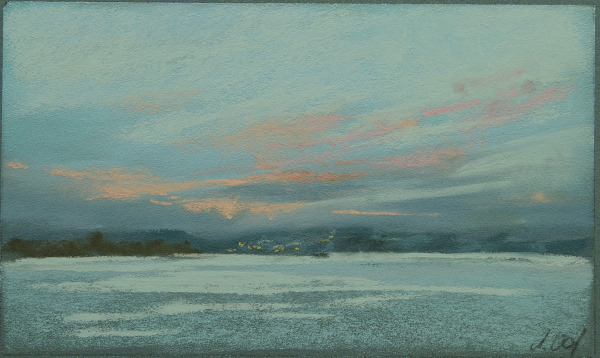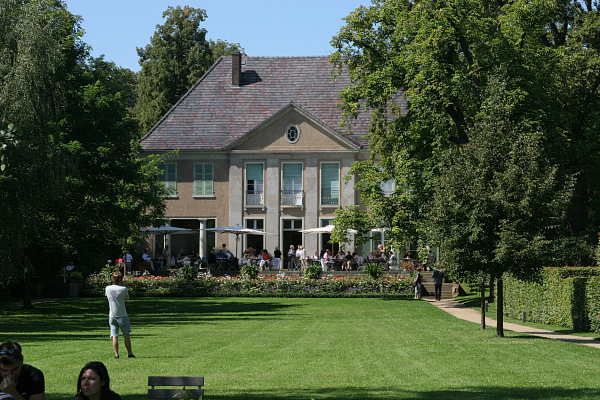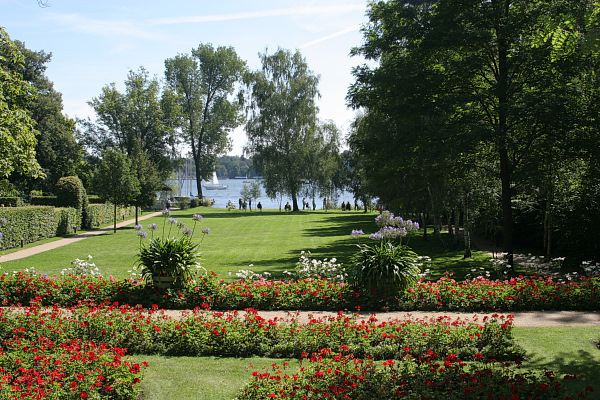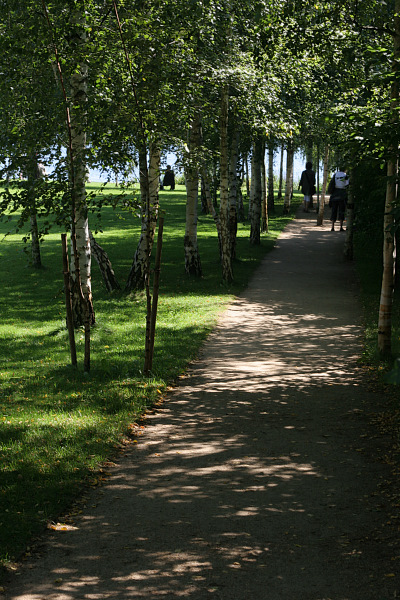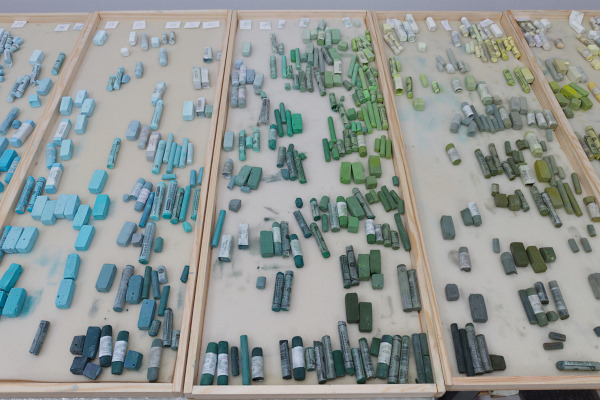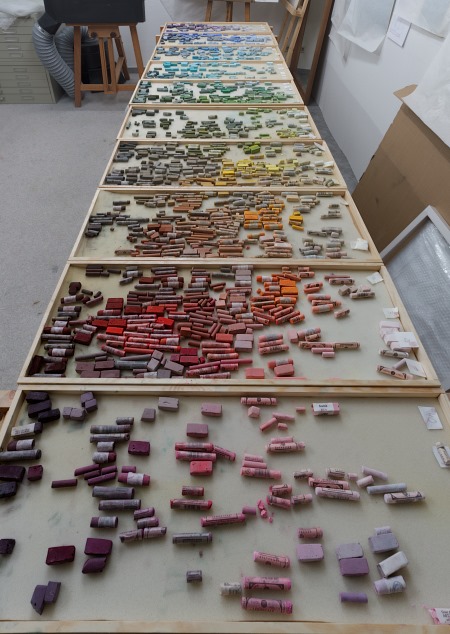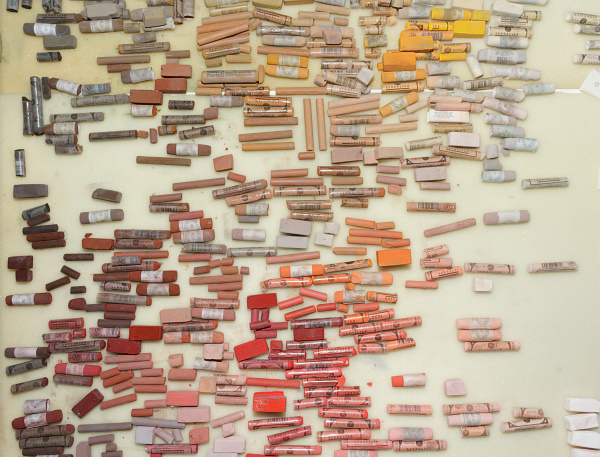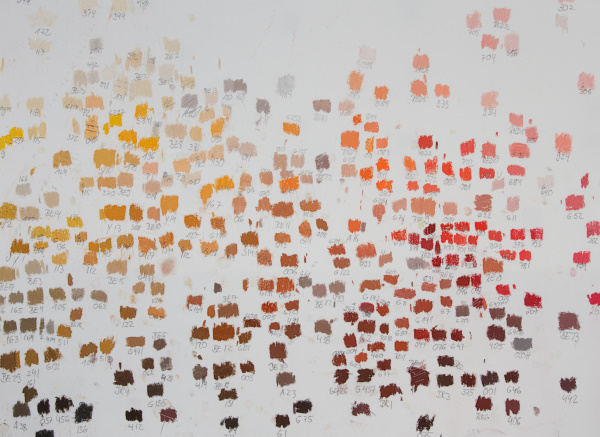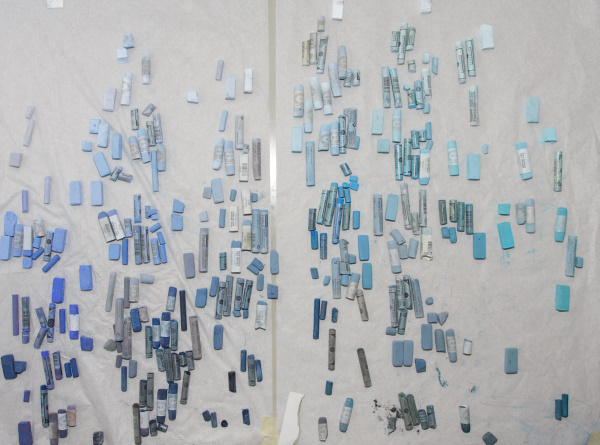Edgar Degas exhibition: Degas and the ballet: picturing movement
Since the 17th of September a new exhibition about Edgar Degas has opened at the Royal Academy of Arts in London. The exhibition focuses on Degas‹ interest to capture the movement of dance and puts his approach in the context of photography and film.
A realy good review about the exhibition was done by Katherine Tyrell Degas and the Ballet: Picturing Movement and further thoughts The Degas Exhibition: notes for pastellits. If you are a pastel painter, do stop by.
Interestingly parts of this exhibition was on display in Hamburg/Germany with the title, Intimicy and Pose. But the great pastel paintings were not included.
I followed one of Katherine links, where Alastair Sooke: How Degas captured movement has done a very interesting video about the exhibition.


 Ziehende Wolken (Triptychon), je 13×21 cm
Ziehende Wolken (Triptychon), je 13×21 cm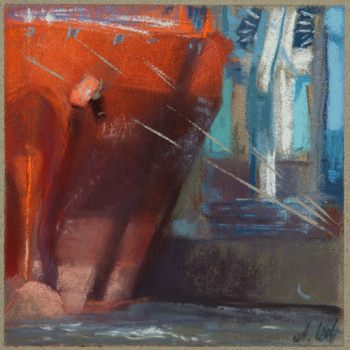 Red Bow, 5×5, pastel,
Red Bow, 5×5, pastel,